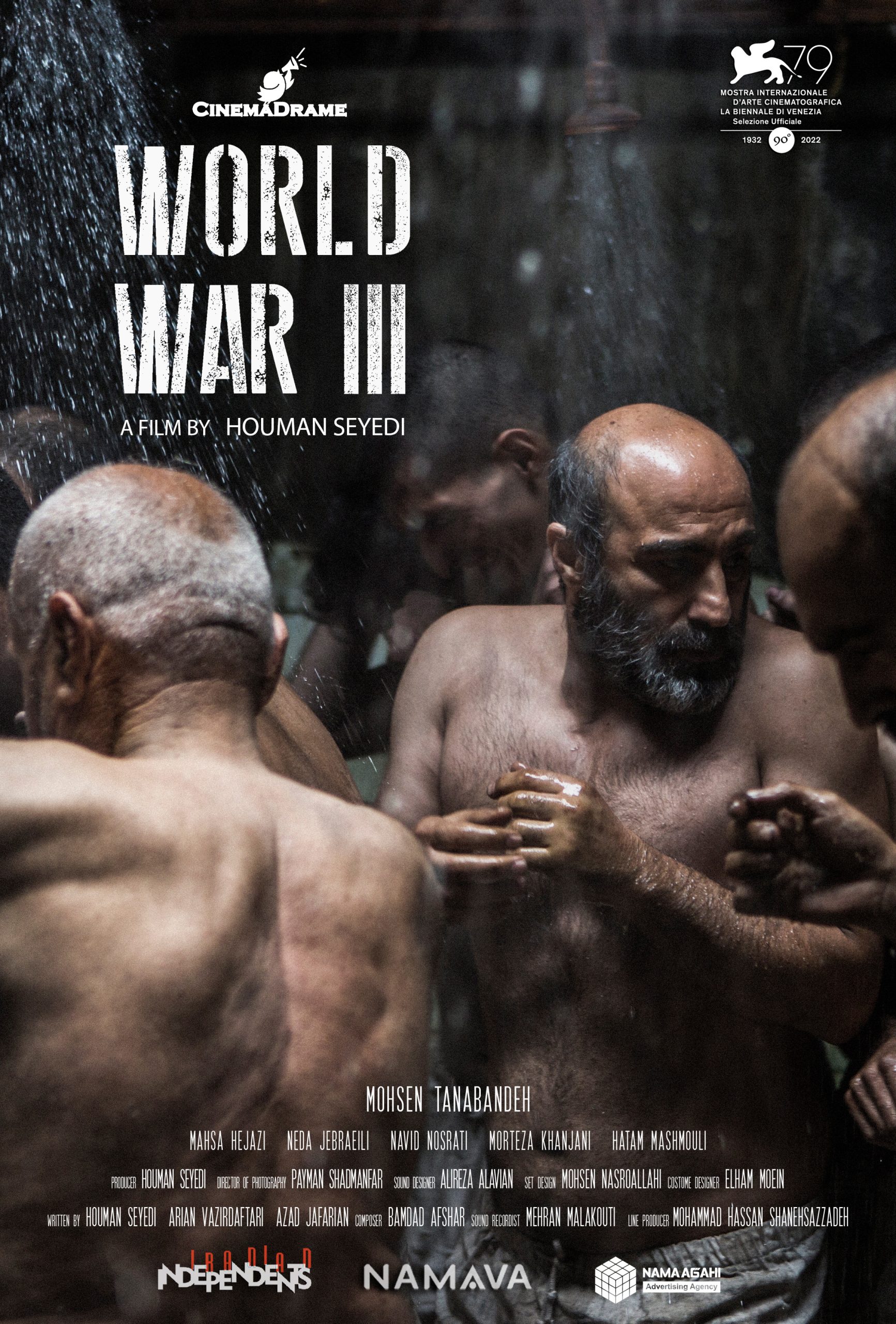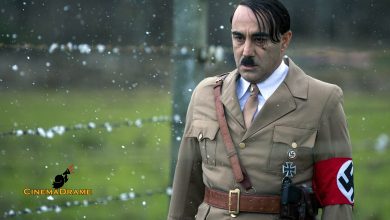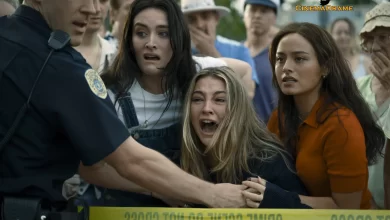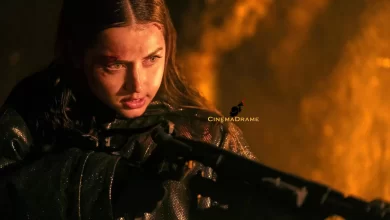Loghman Madayen’s Critique of Houman Seyyedi’s World War III: A Film of the Rage of the Powerless!

According to cinemadrame News Agency, Loghman Madayen, a film critic, penned an exclusive note on Houman Seyyedi’s film World War III, writing: Houman Seyyedi’s brilliant work won three awards for Best Film, Best Director, and Best Actor at the Belgrade Festival, the same work that received a temporary domestic screening permit during the Oscar season, after much tribulation!
World War III is a complete chapter on social psychology. It comes to tell us how the purest, most honorable, healthiest, and most humane individuals can transform into terrifying Hitlers. It aims to explain where the story of surging public anger begins, how harmless people, due to an unwise decision, embark on an irreversible path, who fuels violence, and how an explosion reduces the bodies of people, who held worlds of love within them, to ashes. And those responsible for the explosion, instead of being held accountable, abuse their power and shirk responsibility. It portrays the suffering people, whose voices the powerful refuse to hear and whom they treat as they please, much like the oppressed Jewish people in Nazi concentration camps, where our story’s Hitler observes them from behind a safe enclosure, on the verge of death.
The film is a scream, reaching into the depth of the pain of the powerless! Where Shakib says, “Hitting me is easier for you than listening to what I have to say.”
It speaks of women who must live in a seemingly beautiful place but at its worst point, resembling a coffin—women who can neither speak nor hear. The film touches upon reciprocal violence, a justice system that is absent, a cry that is not permitted to be heard, and a hopelessness that no institution will listen to them. When their last threads of hope are broken, and they become certain that everyone stands against them, that is when a ruthless Hitler emerges from each of them, who will answer force with rage. And we fully feel this scene in the film, when Shakib becomes certain that he is a victim of the boots of tyranny and no one hears his voice. He understands that he cannot make his voice heard and there is no justice to grasp onto, so he transforms into a Hitler whom even he does not recognize, taking revenge on everyone and, in the process, striking the innocent and the guilty with the same stick.
This film effectively demonstrates how a harmless person transforms into a dangerous individual. It emphasizes the necessity of people not losing hope in judicial, supervisory, and governmental institutions, and beautifully shows that the rage of the masses is far more powerful than the apparatuses of power. It reveals that the masses are forced to become pawns in the hands of power and, with their own hands, draw barbed wire around themselves to survive.

The first inciting incident of the film is when Shakib agrees to take Ladan to the filming location. From here, the story’s path begins and enters a challenge. The climax of the film is when Shakib realizes that Saeed has deceived him and has cleaned the explosion scene of any traces of bodies within twenty-four hours. He then shouts and reveals the truth to everyone.
The second turning point of the film is when Saeed tells Shakib that the legal path will lead nowhere because, according to the contract, the court will believe the film crew, not Shakib, especially since 63 people testified that he knew the house would explode. At that moment, Shakib considers the entire group his enemy and tries to take revenge on them.
The connecting element of the film is Ladan’s bangle. The girl who once shared her time with Shakib for cash now gives him her only possession, her bangle, to be freed from slavery. But that very bangle becomes the only remaining trace of her, proving that she did not escape and was killed in the house.
The initial minutes of the film are appropriate, providing information about the character Ladan to the audience, and we become acquainted with Shakib’s life crisis.
Shakib at the beginning of the film is a hardworking laborer and a decent human being who is considered a value, but gradually, with the deep emotional blow that befalls him, he transforms into an anti-value.
The film’s dialogue is excellent: it is intelligent, does not reveal information, is short and full of conflict. It is both humorous and serious, and most importantly, it maintains the film’s rhythm.
The film’s suspense is very well-crafted, such as when we think Hassan discovers Shakib’s secret of harboring Ladan, or where we assume the criminals take Ladan from Shakib, or when we guess Ladan might be alive due to the background information we received about her at the beginning of the film, which surprises both us and the story’s hero, Shakib.
The main plot of the film revolves around Shakib and the hidden presence of his fiancée, Ladan, which is a strong plot with extensive planting, development, and payoff of its characters observed in at least three scenes and shots. Its subplots are also desirable, such as Saeed’s financial issues, Hassan’s or Ladan’s life, Shakib’s past, and the situation of the criminals who wanted Ladan.
The hero of the film is Shakib. He is the one who decides to disrupt the powerful’s game, refuse to yield to tyranny, defend his legal rights, and, through self-sacrifice, distance himself from his fears to achieve peace. The antagonist is Hassan. He is the one who, throughout the film, tries to impede Shakib and remove him from the project, and in the end, by tampering with the explosion scene, removes the remaining traces of Ladan’s body and prevents the truth from being discovered.
In découpage, we witnessed a masterpiece in cinematography. The image sizes are excellent, and the camera placement is very precise, such as when we see Ms. Zareh and Shakib freely behind the fences, or when we see Saeed and Shakib in a dark tent, standing like two shadows against the light. The necessary on-set sounds are correctly chosen. The arrangement of scenes and shots is appropriate and maintains the film’s pace. The screenplay has been polished, and the actors’ delivery has been supervised, and naturally, the number of images for a repeated situation is not redundant.
The character psychology borrows from Carl Jung’s archetypal model, which consists of four quadrants. In Shakib’s psyche, these include the Persona, Shadow, Anima, and Wise Old Man (i.e., hero, villain, beloved, and mentor). In his narrative journey, he encounters the villain, the beloved, and the mentor, and integrates some of their characteristics within himself. He addresses his issues, conflicts, challenges, and weaknesses, such as when he tries at all costs to save Ladan from the criminals and make her his own. Like when he reveals and confronts his greatest weakness, the death of his family in an earthquake. He learns the lesson of revenge from his mentor, Hitler, and briefly makes his beloved his own. From here, he learns to strive for his loved one and prefers confrontation to escape. His strategic transformation occurs when, due to sudden changes in his identity, he goes beyond his limits. The strength of the World War III screenplay is that, despite being tragic, it ends heroically.
The production design and costumes are very intelligent, featuring color palettes. The color of the scenes and costumes is consistent with the lighting and does not strain the audience’s eyes. The costume design aligns with the customs and cultural class of each individual, and also with their professions.
There is color psychology at play. We see a red house, which tells us about the romantic relationships that will unfold there, about the great danger looming over the house, and the amount of adrenaline sufficient to incite any rage. Shakib wears a green jacket, which on one hand speaks of his zest for life, loyalty, and calmness, and on the other, reminds us of his rebellious spirit. Ladan wears a red headscarf, which in a shared scene, we see her image with the image of the house in one frame, to say that danger threatens her and that she is also the igniter of love’s warmth.







